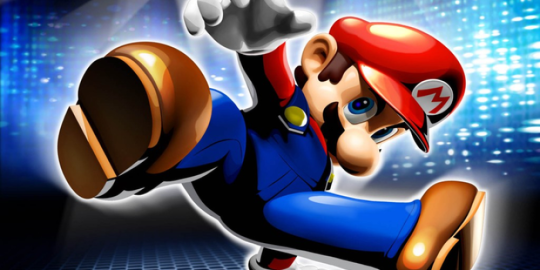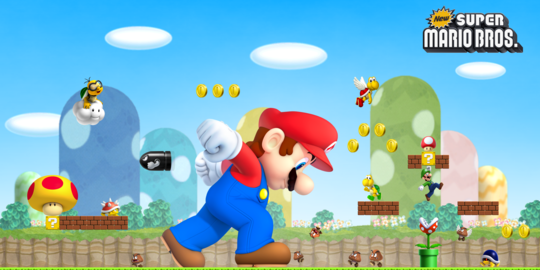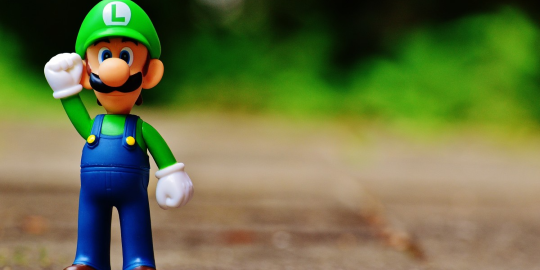
Step 1: Encourage Unbridled Creativity
The first step was to foster an environment where creativity knew no bounds. The team was encouraged to contribute ideas, irrespective of their position or tenure at Nintendo. This initial brainstorming phase was crucial and was approached without any preconditions to ensure the free flow of thoughts and suggestions. The result was an extensive collection of approximately 2000 ideas, each representing a potential game-changing effect. This stage emphasizes the necessity of establishing an environment in which each member of the team is appreciated and encouraged to contribute their perspectives.
Step 2: Define Criteria for Selection
Having a vast pool of ideas is both a blessing and a curse. To navigate this abundance, specific criteria were established to identify which ideas held the most promise. The criteria focused on ensuring a natural connection between the game's existing elements and the proposed Wonder Effects. For instance, a transformation into Balloon Mario would only make sense if preceded by the appearance of balloon-esque enemies, thus providing a contextual bridge that enhanced the game's coherence and player immersion.
Step 3: Prototype and Test

The transition from theory to practice began with the prototyping phase, where ideas were brought to life through preliminary designs. This stage was crucial for assessing the feasibility and impact of each concept. A diverse team composed of designers, artists, programmers, and sound engineers worked collaboratively, ensuring that each prototype was evaluated from multiple perspectives. This multidisciplinary approach enriched the development process, allowing for a more holistic assessment of each idea’s potential.
Step 4: Iterative Refinement
Following prototyping, an iterative process of refinement and testing ensued. This stage was characterized by constant feedback loops, where team members played through the prototypes, offering insights and suggestions for improvement. This collaborative effort facilitated a dynamic development environment, where ideas were continuously honed until they resonated with the intended design vision. It’s during this stage that the team’s cohesion and shared commitment to the project were most evident, as they collectively navigated the challenges of bringing their creative visions to fruition.
Step 5: Making Tough Decisions
Despite the enthusiasm surrounding many of the prototyped ideas, not all could make the final cut. Decisions on which effects to include were made based on their alignment with the game's overarching themes, their contribution to gameplay innovation, and their potential to enhance player experience. Some ideas, despite their initial appeal, were discarded due to practical considerations such as gameplay balance or technical feasibility. This process underscores the necessity of making difficult choices in game development, balancing creative aspirations with the realities of creating a cohesive and engaging product.
Step 6: Celebrating Creativity, Even in Rejection

Interestingly, some ideas that were not directly incorporated into the game still left a lasting impact. For instance, the Sound Off badge, inspired by a rejected concept, showcased the team's commitment to finding creative avenues to celebrate and incorporate their diverse ideas. This approach exemplifies how rejection can be a catalyst for innovation, encouraging developers to think outside the box and explore unconventional ways to enrich the gaming experience.
Step 7: Reflect and Learn
The final step in the process was reflection. The team took time to evaluate what worked, what didn’t, and why. This reflective practice not only applied to the ideas themselves but also to the processes used to select, prototype, and refine them. Lessons learned from this project will undoubtedly influence future endeavors, contributing to a culture of continuous improvement and creativity at Nintendo.
The development of Super Mario Bros. Wonder’s effects illustrates the complex interplay between creativity and discipline in the world of game design. From the unfettered generation of ideas to the meticulous process of selection and refinement, each step of the journey was guided by a commitment to innovation and player engagement. This guide not only provides a window into the development of a beloved title but also serves as a blueprint for creative professionals seeking to navigate the challenges of bringing their visionary concepts to life.